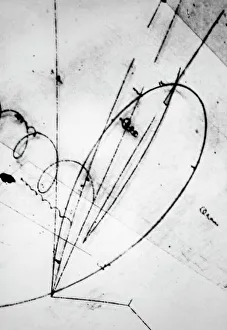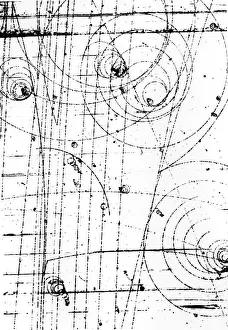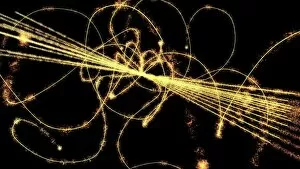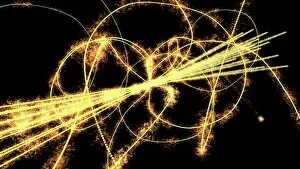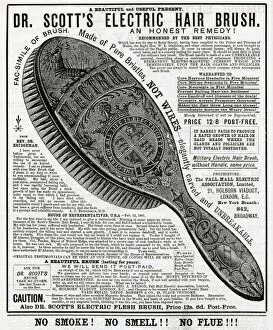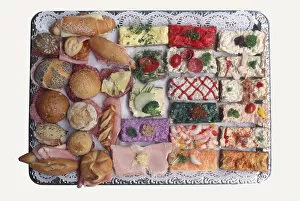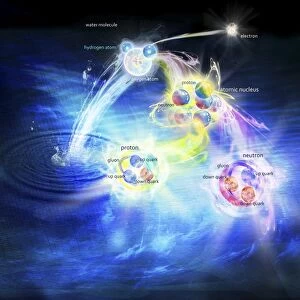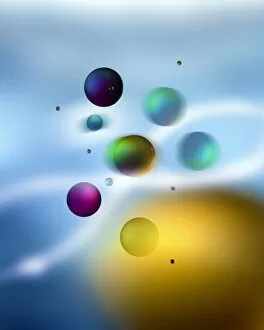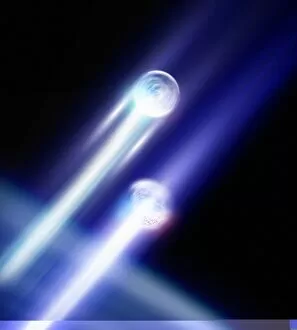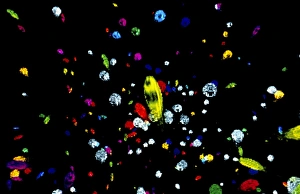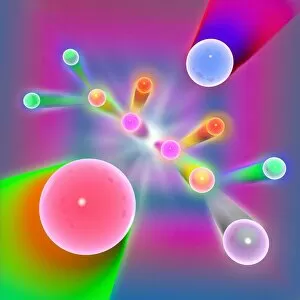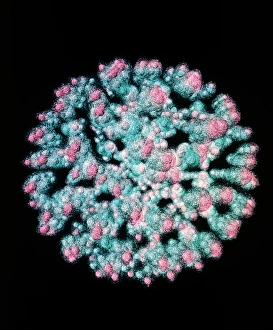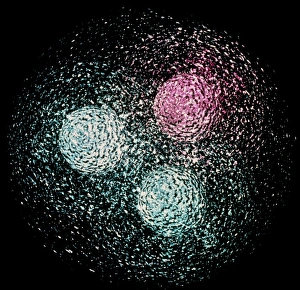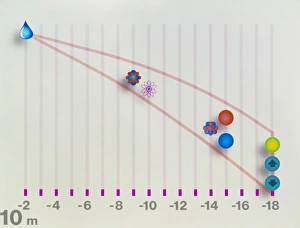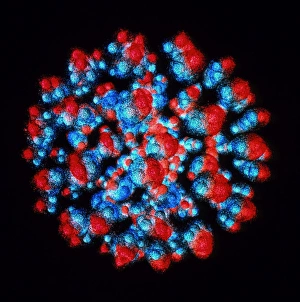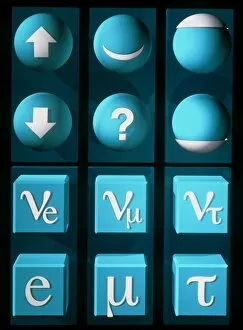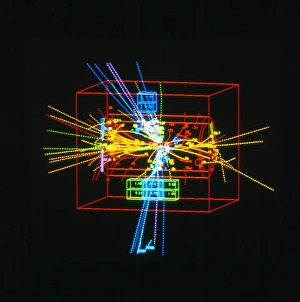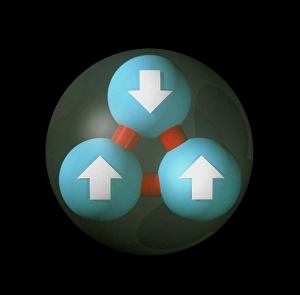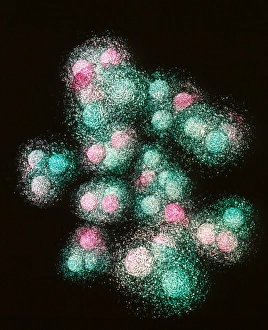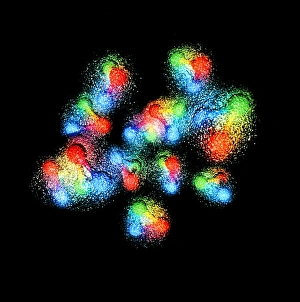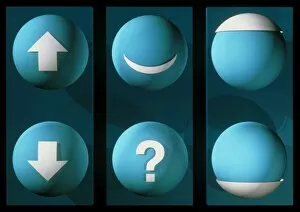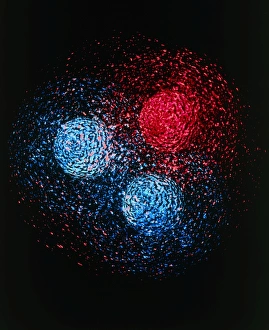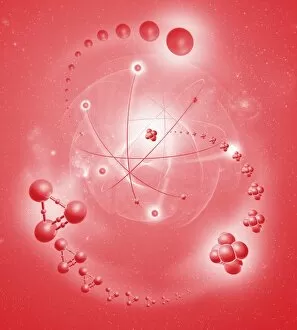Quark Collection
"Unveiling the Mysteries of Quark: From Particle Decays to Quantum Universe" A mesmerizing bubble chamber photo captures the decay of a sigma particle
All Professionally Made to Order for Quick Shipping
"Unveiling the Mysteries of Quark: From Particle Decays to Quantum Universe" A mesmerizing bubble chamber photo captures the decay of a sigma particle, shedding light on the intricate world of quarks. Witnessing history: The first observation of the elusive omega-minus particle in a groundbreaking particle physics experiment. Bridging science and art: An exquisite artwork visualizes the complexity and beauty found within quark interactions. Delving deeper into the quantum universe, scientists explore the fundamental building blocks through captivating artwork and experiments. Peering into matter's hidden realm: A fascinating visualization reveals the intricate quark structure within carbon atoms. Unraveling nature's secrets: Dive into an enchanting visual representation showcasing the inner workings of protons at their core - quarks in action. Blast from the past. An intriguing advert for Dr. Scotts electric hair brush from 1881 reminds us that even scientific discoveries have historical context. Satisfy your cravings with a tray filled with mouthwatering Austrian open sandwiches and stuffed bread rolls, accompanied by three delectable balls of American Surfing Goat Dairy Quark cheese – a delicious nod to its namesake particles. Unlocking mysteries one layer at a time: Marvel at an awe-inspiring artwork depicting how quarks intricately form different structures within matter (C018 / 0948). Journey through realms unseen as another striking piece showcases how quarks interplay to shape our understanding of matter's underlying structure. Quark, though small in size, holds immense significance in unraveling nature's deepest secrets – from capturing fleeting decays to envisioning complex structures within atoms and beyond.

